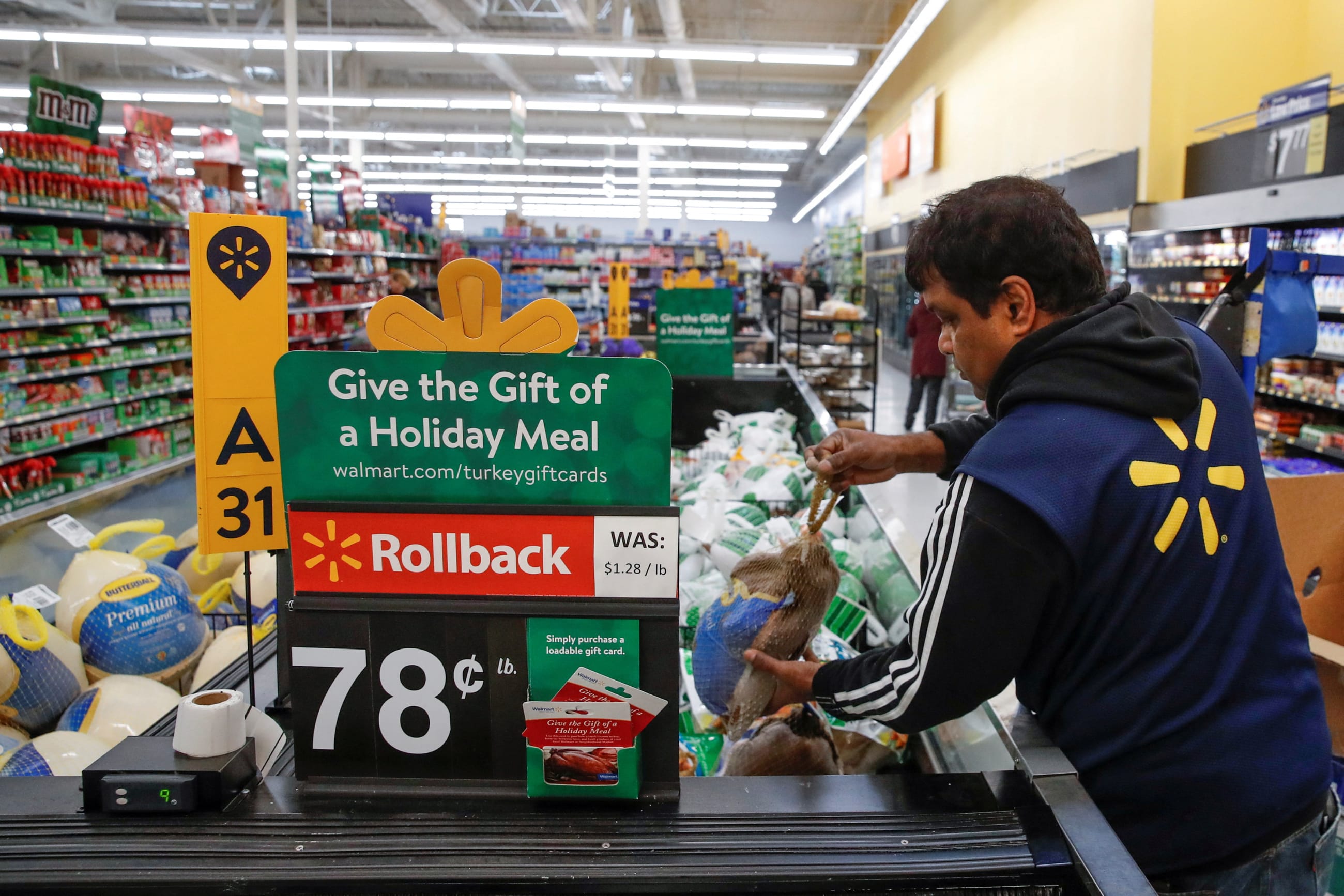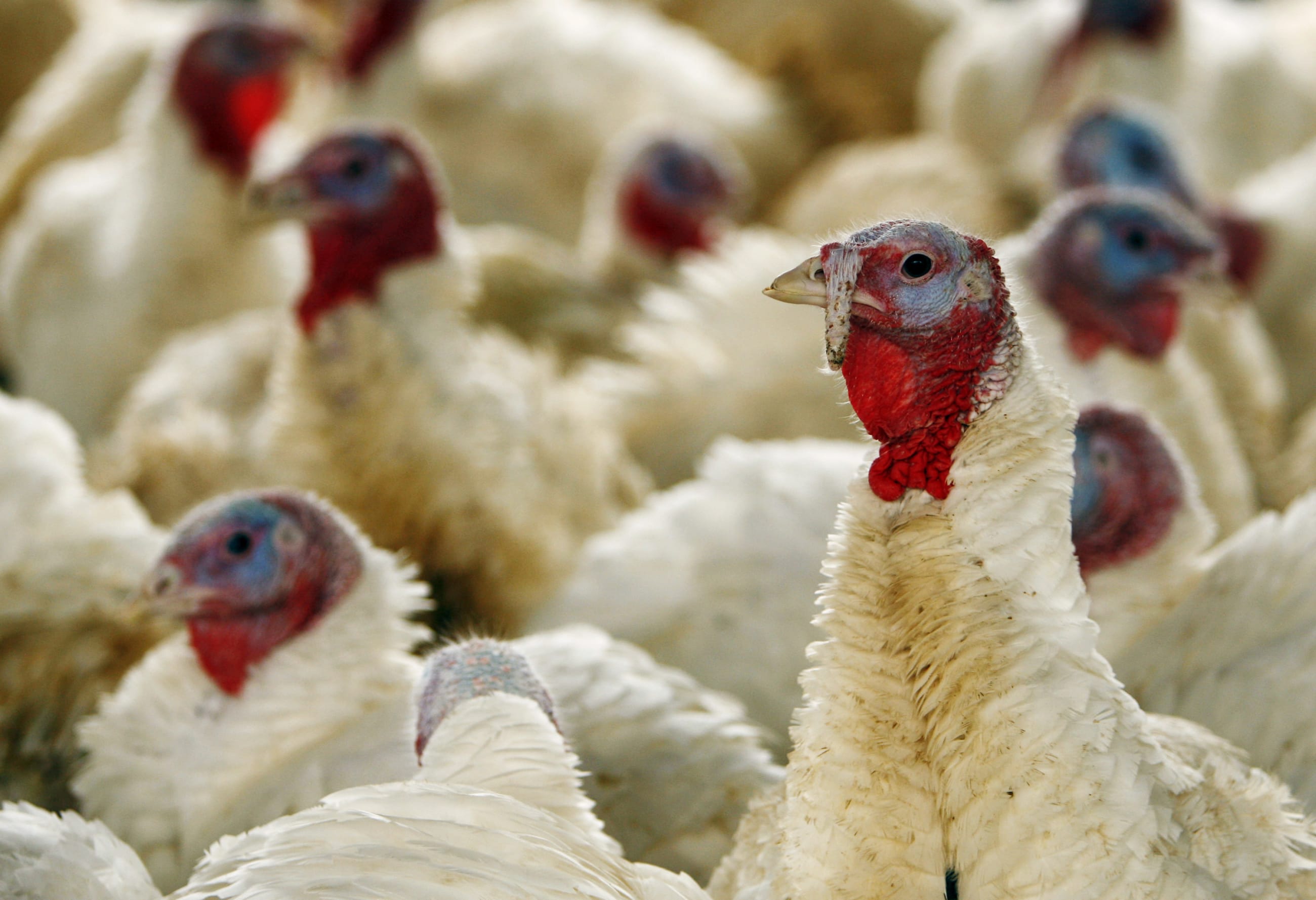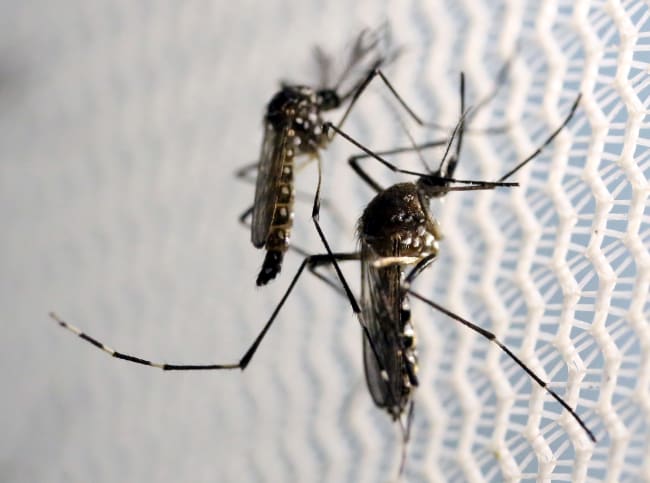Another bird flu season has arrived for North America's poultry farms, and the early signs do not look promising.
Since September 1, an early start for flu season, outbreaks have wiped out 1.2 million turkeys from farms supplying meat for delis and dinner tables. This toll is nearly 20 times more than what occurred during the same time frame in 2024. Likewise, chicken farms producing consumer eggs have lost 5.5 million hens, or twice as many as at the beginning of last year's severe run of bird flu.
The timing is unfortunate as the United States approaches Thanksgiving, a period of communal feasts when consumer shopping for turkeys and eggs rises. Turkey inventories are already strained because of bird flu-related losses that have accumulated this calendar year.
"Over 2.2 million turkeys have been affected by HPAI [highly pathogenic avian influenza] so far in 2025," said Bernt Nelson, an economist with American Farm Bureau Federation, who, in early October, released a market analysis about the U.S. turkey industry. Citing the U.S. Department of Agriculture (USDA), Nelson reports that farmers have raised 195 million turkeys in 2025—the lowest tally in 40 years.
Meanwhile, estimates released in August showed that U.S. egg-laying flocks were on the cusp of recovering from the devastation wrought during the beginning of 2025.
October's human case in Mexico, potentially contracted via a chicken roaming a courtyard, underscores the risks farmers face if exposed to infected fowl. The 23-year-old woman was hospitalized.
Cooking eggs and meat eliminates the virus and health threat from food, but less supply and more demand is typically an equation for higher prices. Market watchers such as Nelson anticipate a price bump for Thanksgiving turkeys, though the size of hikes could already be locked in and less affected by the most recent outbreaks.
The fate of consumer egg prices remains to be determined by the intensity of any upcoming outbreaks as the virus encounters the biosecurity measures that farmers, states, and the U.S. government established after the last flu wave.
Why Bird Flu Hit Turkeys So Hard
Although cases of avian influenza declined this summer, as the flu does every year when temperatures warm, the virus did not disappear. Highly pathogenic strains—namely, H5N1—continued to circulate in migratory birds across the Americas, and even June and July recorded a few thousand cases in U.S. domesticated birds.
H5N1 transmits easily through a poultry population. Consumers and food sellers will remember how this manifested last winter when new genetic variant of H5N1—called D1.1—swept over commercial farms and backyard flocks. For egg-laying chickens, the worst death toll occurred between December 2024 and February 2025, and the event pushed egg prices to their highest mark in 45 years.
Bird flu spreads faster through turkeys than it does through chickens. Fans of the movie Contagion should recall a metric called r-naught, or R0. It predicts how many unimmune people (or birds) among an average group will catch a virus after an infected person (or bird) shows up. Measles, one of the most contagious diseases in history, has an r-naught of 12 to 18. If a measles-infected person steps into a crowded train car on which everyone else lacks immunity, the virus could infect 12 to 18 people.
A December 2024 study, published in PLOS One, estimated what H5N1's r-naught was during the first year of the U.S. outbreak. The researchers looked at three types of commercial poultry: egg-laying hens, broiler chickens for meat production, and turkey farms.
For egg-layers, the r-naught was 13—comparable with human measles. For broiler chickens, it was 6.
For the turkeys, the r-naught estimate was 25.
We don't even have a human equivalent of that
Carol Cardona, University of Minnesota
This astonishing number means an H5N1-infected turkey can immediately pass the virus along to 25 unassuming flockmates.
"We don't even have a human equivalent of that," said Carol Cardona, a professor and the Pomeroy Endowed Chair in Avian Health at the University of Minnesota, whose lab conducted the study. " That is massive."
Bird flu spreads so swiftly through poultry that regulations, both in the United States and abroad, call for euthanizing (or depopulating) all animals exposed in a hen house. Reuters reports bird flu has caused 56 outbreaks across 10 European Union countries and Britain since August. The long-standing rule of thumb is by the time the first infection is detected, it is too late to save any nearby birds.
In March 2025, U.S. Health and Human Services Secretary Robert F. Kennedy Jr. suggested allowing H5N1 to spread among flocks to isolate immune birds, but the idea faced reasonable blowback because 90-100% of a poultry flock can die after exposure [PDF]. The mortality rate indicates a lack of robust natural immunity among poultry. Unchecked infections could be "inhumane and dangerous" for the animals and their farm handlers.
Yet after facing a string of severe flu seasons, Cardona and other scientists wonder whether research like hers could create a new strategy, steeped in classic tools such as viral testing but also a newer approach of teaching clinical observation techniques to farmers.
Turkeys display a cathedral syndrome, in which they stop gobbling once they become sick
Farm workers would be on the frontlines of this strategy because they are usually the first to notice potential outbreaks. Turkeys, for instance, display a cathedral syndrome [PDF], in which they stop gobbling and vocalizing during the early phases of their sickness. Farmers leave one day and come back the next day to silence throughout a barn, Cardona said.
"Early detection happens on farm. It happens with an engaged and knowledgeable populace," Cardona said. " USDA and state regulators are doing great things, but early detection and early containment have to happen before the USDA is even called in."
Should U.S. Consumers Rush to the Turkey Store?
Nelson said it's never a bad idea to plan ahead and start looking for good deals on holiday turkeys, especially if a home has the freezer space.
Based on USDA forecasts, he does expect higher retail prices for turkeys than last year. But luckily for the grocery shoppers, he doesn't anticipate a dramatic spike between now and Thanksgiving if new outbreaks continue to hit commercial turkey farms. That's because most Thanksgiving turkeys are already on the way to stores and dinner tables.
"Consumers should keep an eye on their local ads for the best handle on local price, but sources such as the [USDA] Agricultural Marketing Service's National Retail Report and Bureau of Labor Statistics can offer a national or regional snapshot of retail prices," Nelson said. "It's important to note that these reports are currently on pause due to the federal government funding lapse, but should be available again once the funding issue is resolved."
In the meantime, if people want a sense of what's in store, Nelson points to the USDA forecast for wholesale prices—what retail owners pay to turkey producers. He said the USDA predicted the 2025 national average composite wholesale price for a frozen whole hen turkey will be about $1.32 per pound, relative to 94 cents per pound last year. This is about a 40% increase year-over-year.
The American Farm Bureau will also conduct its annual Thanksgiving dinner survey, when volunteer shoppers from all 50 states and Puerto Rico visit local stores to check on prices. The survey will start on November 1 and be published on November 19.
Egg Imports: An Unintentional Indicator for Bird Flu Disruption
Historically, the United States raises all of its "table eggs"—the ones destined to fill cartons in grocery stores and ultimately rest on kitchen tables. The scale of this production is jaw dropping. In 2021, before the H5N1 avian influenza hit North America, U.S. farmers yielded an average of 8.1 billion table eggs per month—enough for every single person on the planet to have eaten at least one.
Last winter, avian influenza affected so many egg-laying hens that the supply rapidly depleted. From January to February 2025, production dropped by nearly 1 billion table eggs—from 7.5 billion to 6.6 billion.
Hence why headlines took notice in March when USDA Secretary Brooke Rollins announced new import deals with Türkiye and South Korea to supply table eggs. Ultimately in 2025, the United States has imported 363 million table eggs—mostly from Brazil (222 million), Türkiye (111 million), and Poland (16.7 million).
A year earlier, the United States imported 68 million table eggs from Türkiye—and that was it. All other countries supplied zero.
U.S. Table Egg Imports in 2025
In 2025, the United States imported more than 222 million consumer-grade eggs (for table use) from Brazil, 111 million from Türkiye, and 16.7 million from Poland—versus 40% less from Türkiye and none from Brazil and Poland in 2024

Egg quantity
200,000
50,000,000
100,000,000
150,000,000
222,000,000
The map shows U.S. imports of table eggs for consumption from January through October 20, 2025.
Map:
CFR/Allison Krugman
•
Source:
U.S. Department of Commerce

200k
100m
222m
Egg quantity
The map shows U.S. imports of table eggs for
consumption from January through October 20, 2025.
Map:
CFR/Allison Krugman
Source: U.S. Department of
Commerce
Table eggs represent only about half of the chicken eggs brought into the country this year. Another 337 million went to breaker production—for making liquid, frozen, or dried egg products. Breeders received 16.3 million fertilized eggs to incubate and hatch as replacement stock for lost poultry.
All of these imports arrived prior to August 2025, when U.S. flocks showed signs of recovery. The shipments wither next to the size of American production—but they may have eased prices in port cities and border states, said Jada Thompson, an associate professor at the University of Arkansas's Department of Agricultural Economics and Agribusiness. Most—99%—of the imported table eggs landed in New York City, and the rest went to the border city of Laredo, Texas.
" It's going to have a very localized impact," said Thompson, who studies how highly pathogen avian disease influences trade.
She added that these imports were not what drove national prices down for eggs.
In October 2024, when bird flu showed initial signs of a wave, farmers began prepping more egg sets—fertilized eggs used to raise new chickens. But it's six months before those birds are ready to lay table eggs.
"Nationally you saw [table egg] prices come down as those birds that were raised in October came online and started producing eggs again," she said.
David Ortega, a food economist and professor at Michigan State University, agreed that the imports relieved some pressure on domestic producers but noted that the shipiments weren't the main drivers of national prices. He described the trade move as part of a multipronged strategy from the Trump administration to help stabilize agriculture prices.
"We're in a better spot in terms of preparation and biosecurity than we were at the beginning of the outbreak," Ortega said.
Bird Flu Biosecurity
Farmers, states, and the USDA have pushed to improve biosecurity at poultry facilities and backyard flocks. These tactics aim to prevent wild birds from introducing H5N1 on to farms. The measures also identify and block the ways that workers and other visitors accidentally carry the virus between contaminated farms.
Avian influenza can spread via wild bird poop, which can stick to a farmer's boots or the wheels of a truck. Infected mammals—such as foxes—transport the virus too. Some preliminary evidence points to airborne transmission over long distances, positing that the virus could filter through a hen house's air ducts.
You can't fight the wind
Jada Thompson, University of Arkansas
" You can't fight the wind," said Thompson, who has co-run economic studies on the health payoffs from flu biosecurity. Example countermeasures include installing truck washes at farm entrances—or fabric placed over the air inlets of hen houses to keep wild bird detritus from floating in. Other poultry facilities use high-quality air filters, but the practice is expensive.
Yet Thompson and her colleagues found that investments in even temporary solutions can reduce the risk of infections, but smaller livestock producers face financial hurdles.
In March, Agriculture Secretary Rollins announced a program to help farmers not currently affected by bird flu, under which the USDA would assess their biosecurity and wildlife vulnerabilities. Nelson, of the American Farm Bureau, said there have been 866 wildlife biosecurity assessments and 697 domestic biosecurity assessments completed on poultry farms since January 2025, showing that farmers are doing their part in mitigating the risks of HPAI.
Ortega and Thompson said farm owners and stakeholders are having more conversations to consider a vaccine strategy. Historically, high-income countries have avoided bird flu vaccines because using the shots led to trade bans—but farmers want to save their birds.
"You feel for them because nobody wants to depopulate these animals," Cardona said. "They care about these animals."











